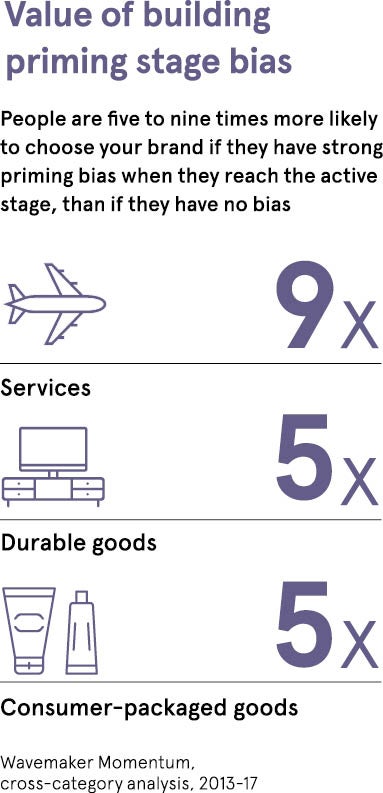CMOs now have the shortest average tenure among their corporate counterparts, with some research putting it at just 18 months. This compares with chief executives at 9.1 years and chief financial officers at 5.1 years, according to analysis by executive search firm Korn Ferry.
This steep rise in the turnover of top marketers is for two reasons: marketing has never been so central to corporate success, and it’s never been as difficult to reach and engage customers.
Consumers now have far greater control over how they consume marketing messages and avoid adverts, while at the same time being able to compare prices, scan reviews and publicly post their own feedback to the world about brands in ways that were unthinkable even a decade ago.

This has meant CMOs have had to build a marketing strategy that engages consumers in the channels that are most relevant to them and in a way that’s personalised and demonstrates the company understands them.
And CMOs must build that strategy when shareholders’ fixation on short-term results makes it nigh on impossible to take the kind of long-term approach that’s required.
Marketers can be forgiven, then, for seeking a quick fix to all this. Most recently, that apparent panacea has been data.
New technology now offers the ability to collect more data on customer behaviour than ever before, and then provide detailed insight into how and why people choose one brand over another. As with any tool though, the investment will only be justified if you know how to make use of it.
Power of the purchase journey
No customer behaviour data will help make the right marketing decisions without CMOs and their companies having a full understanding of the entire customer purchase journey first.
This means looking beyond customers’ decisions in the short “active stage” of a purchase – once they’ve identified they want to buy a product – to the much longer “priming stage” when they are building a predisposition towards brands, either consciously or unconsciously.
Over the past five years, Wavemaker has examined 400,000 individual purchase journeys in more than 70 categories across 38 countries. Analysis of the data shows that in nearly half of all journeys, the buyer has a strong idea which brand they’ll buy before they begin making a choice in the active stage. On average, they are six times more likely to choose a brand they have already developed a bias towards than one they haven’t.
The problem is that marketers, possibly pushed by their firm’s focus on the short term, focus the majority of their data and analysis on the active stage and often miss the priming stage altogether.
The growth of digital marketing has exacerbated this by collecting and using data about existing customers to boost brand loyalty and short-term sales. But, while a short-term boost to revenue may make it easier for the chief executive in next quarter’s investor call, long-term growth will come from building and extending the brand, and this requires reaching people the company doesn’t know much about.
Bias and behaviour
Bias profoundly affects customers’ behaviour when they reach the active stage as they actively consider only three brands in any given category and are far more likely to consider the brands they already deem valuable or meaningful.
Biases vary and in some categories it’s high. For example, 59 per cent of people know which soft-drink brand they’ll buy before they enter a store, but with flat-screen TVs they are far more influenced by marketing in the active stage.
Understanding the whole purchase journey, and so how to create and maintain this bias throughout the priming stage, is crucial. The CMO able to understand the entire purchase journey will be the one who improves the firm’s bottom line and, ultimately, hangs on to their job.
For more information please visit linkedin.com/company/wavemakerglobal

